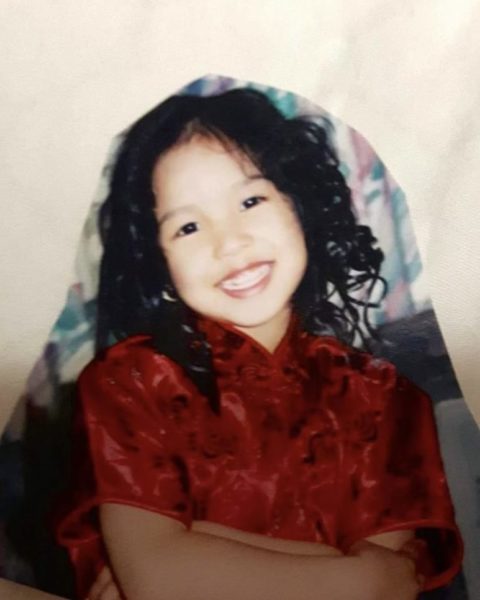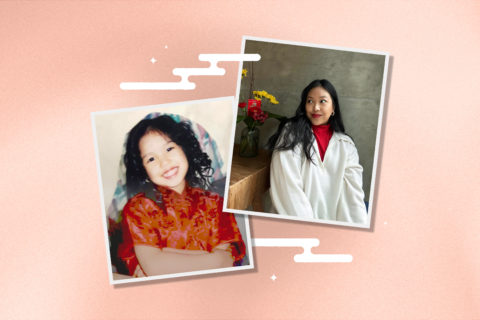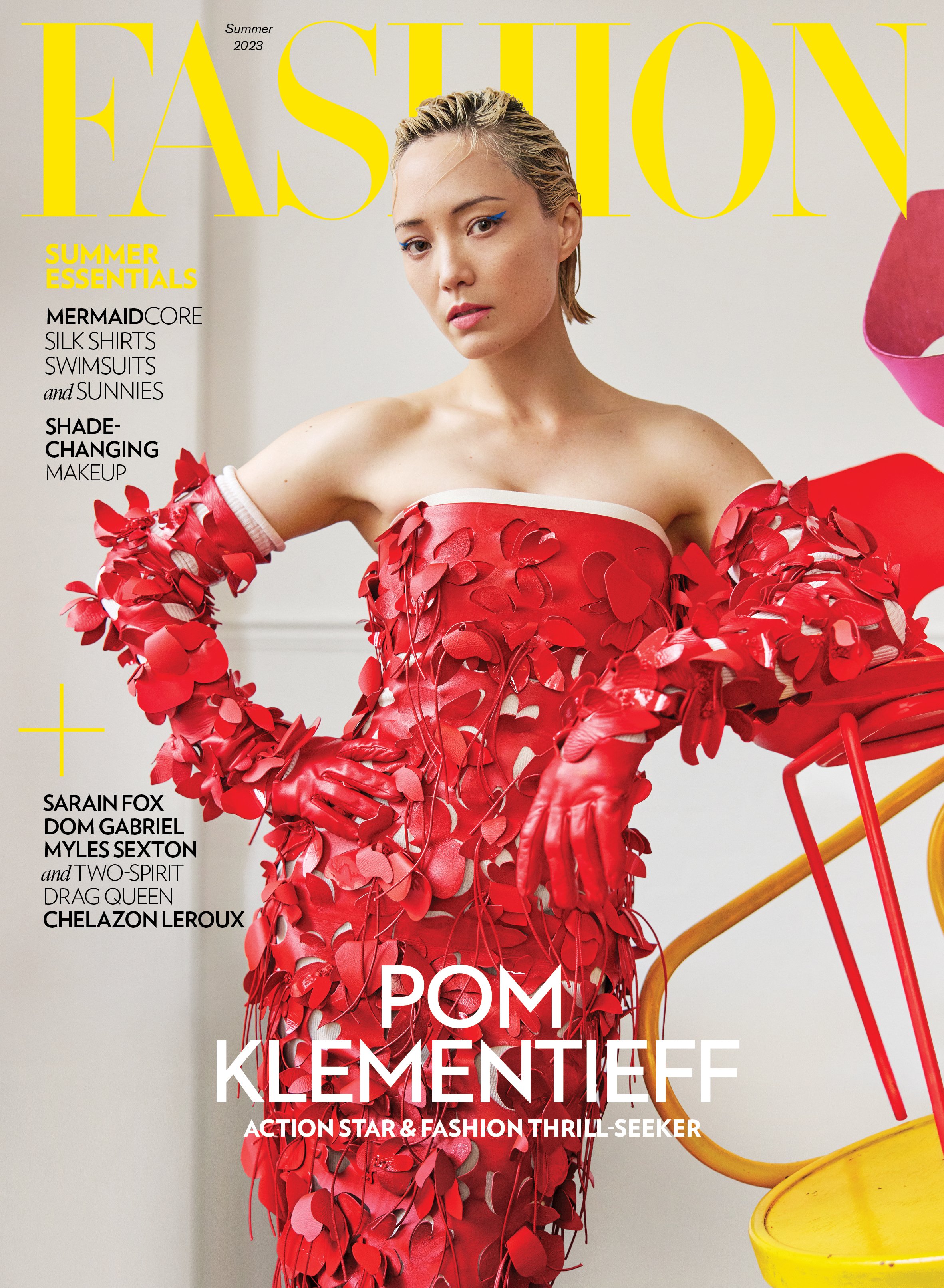How Fashion Broke, and Then Repaired, My Relationship with Lunar New Year
Jennifer Nguyen writes about how a red dress broke her heart when she was a child — and how she's now working to heal her complicated relationship with her multicultural identity.
The first time I felt self-conscious about fashion was when I was seven years old.
It was Lunar New Year — better known as Tet in my Vietnamese household — and a typical frosty Canadian morning. I was sent off to school, bundled in layers and wearing my qipao, a celebratory Chinese dress, underneath. Once I got to class and unzipped my coat to reveal my red silk dress, I turned around and met the eyes of three classmates glaring at me.
“What are you wearing?” they laughed. My eyes began to water, matching the puddle of slush from my winter boots, my face turning as red as my dress. I might not be seven years old anymore, but the sting of the embarrassment of not fitting in with my white peers has stayed with me until this day.

I was raised by my Vietnamese father and Filipino mother who wanted to blend in with Canadian culture, which resulted in much of my upbringing spent trying to appease the white standard. Every exclamation of our Asian pride was calculated through a westernized lens, hence why my parents sent me to school in a qipao, the more well-known Lunar New Year garment, instead of an ao dai, the Vietnamese version. Growing up, my fractured connection to my identity — and Lunar New Year — stemmed from being told I was “too Asian” at school, attending Tet celebrations in the wrong garment, and then ironically being told I wasn’t Asian enough by that community.
While my past experiences have negatively shaped my outlook on identity, I’m slowly working towards improvement. Representation in the media has helped. From watching Michelle Yeoh win a Golden Globe to Canada Goose collaborating with Angel Chen, I’ve relished finally seeing myself reflected in (and accepted by) the media surrounding me. But with that realization has come another thought. I don’t want my self-worth to only be measured on how accepting society is of my identity — I want to be accepting of it myself. With the painful awareness of how disconnected I’ve long felt from feeling at peace with my identity, I’m on a journey of acceptance on my own terms.
My first step was to rewrite my past and embrace what I thought at the time was a fashion faux pas, and what better way to do so than with the upcoming Lunar New Year. For those unfamiliar, rule number one for dressing for Lunar New Year is you must wear something new (to welcome a fresh start), something red (to promote good luck) and an additional lucky colour based on you the year of your birth. (This year, my lucky colour is white, which I’ll wear the week before while getting a haircut or cleaning my house, as it’s encouraged to do this before festivities begin so you don’t sweep away or cut your luck off.)

That red qipao symbolized so much confusion in my youth, but I’m taking power from it instead of letting it hinder me in 2023. This year, I’ve chosen a dress from Reformation as an homage to the garment that caused me so much pain as a child. The red silk and high neckline are reminiscent of what I wore when I was seven, but stay true to my western upbringing. While it may not be the most “traditional,” I’m empowered by owning what’s familiar to me while honouring my heritage.
To top this outfit off is a ring I purchased during 2021’s Year of the Ox. It’s said that the year of your sign requires more protection, and it’s now one of the most sentimental pieces I own. This ring represents the start of no longer giving a damn. All my life, I’ve been told in different circles that I was too Asian or wasn’t Asian enough, and that conflict prevented me from embracing either part of my identity. The reality is that I’m a part of the Asian diaspora, and my identity is fragmented. Instead of seeing it as broken pieces that I’m trying to force together, I now see my identity like the garnet that adorns my finger — a reminder that there are multiple sides to me and all of them are equally significant.
When I look into the mirror, the red in my cheeks from embarrassment when I was younger is replaced by a bright scarlet hue proudly worn on my lips. I no longer shy away from the question, “What are you wearing?” and instead take it as an opportunity to share my multicultural outlook on the holiday. And while Lunar New Year is about encouraging luck to flow to you, I’ve found power in making my own luck and rules.



